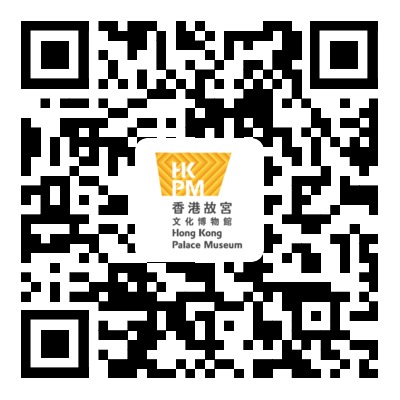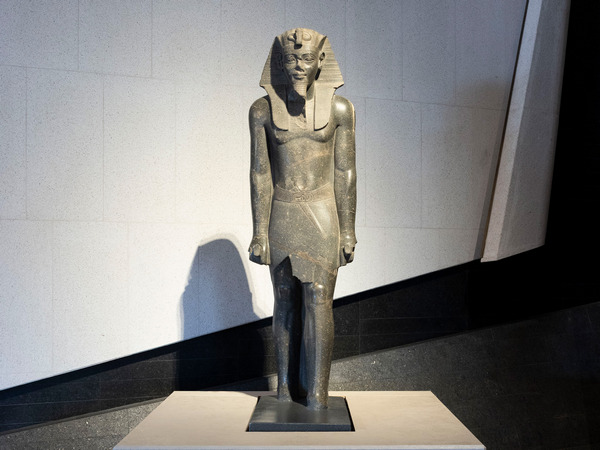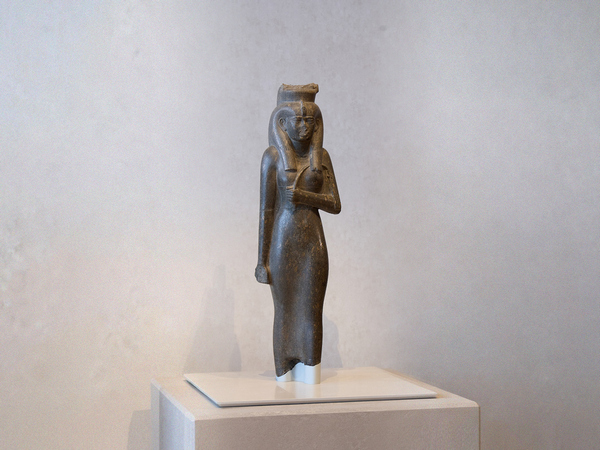
Hong Kong Palace Museum
West Kowloon Cultural District, 8 Museum Drive, Kowloon
Mon, Wed, Thu & Sun
10:00 am–06:00 pm
Fri, Sat & Public Holiday
10:00 am–08:00 pm | Closed on Tuesdays (except public holidays) & the first two days of the Lunar New Year










